- No products in the cart.
Binafin tab 250mg 14 pieces
$20.67
Binafin tab 250mg 14 pieces
Description
Composition
Active substance:
1 tablet contains: terbinafine hydrochloride 141 mg or 283 mg, which corresponds to 125 mg terbinafine or 250 mg.
Excipients:
Microcrystalline cellulose, starch, povidone, sodium methyl paraben, sodium lauryl sulfate, colloidal silicon dioxide, magnesium stearate, sodium starch glycolate, talc.
Description:
125 mg Tablets: from white to white to yellowish white color, round, biconvex tablets.
250 mg Tablets: from white to white color with a yellowish shade, flat circular tablets with cut edges and dividing notch on one side.
Product form:
Tablets of 125 mg, 250 mg. 10, 14, 20 of the tablets in the blister foil PVHalyuminievoy. 1 or 2 of the blister were placed in a cardboard box, together with instructions for use.
Contraindications
Increased sensitivity to terbinafine or any other component, a part of Binafina.
Dosage
250 mg
Indications
Onychomycosis caused by dermatophyte fungi; fungal infections of the scalp; fungal infections of the skin – treatment of dermatomycosis torso, legs, feet, and yeast infections of the skin caused by fungi of the genus Candida (e.g., Candida albicans) – in cases where the localization, the severity or incidence of infection it desirable oral therapy.
Note: Unlike Binafina topical Binafin pills are not effective in pityriasis versicolor.
Interaction with other drugs
Studies conducted in vitro in healthy volunteers show that terbinafine has little potential for suppressing or enhancing the clearance of most drugs that are metabolized by the participation of cytochrome P450 (eg, cyclosporine, terfenadine, tolbutamide, triazolam or oral contraceptives). In in vitro studies, however, it was found that terbinafine inhibits CYP2D6- mediated metabolism. These obtained in in vitro experiments, the data may be clinically important for those drugs that preferentially metabolized by this enzyme, such as tricyclic antidepressants, beta-blockers, selective serotonin reuptake inhibitors and monoamine oxidase inhibitors in type – in the case, if applicable simultaneously formulation has a small range of therapeutic concentrations. In patients simultaneously taking oral contraceptives Binafin and, in some cases marked irregularity of the menstrual cycle, although the incidence of these disorders remains within values were observed in patients who use only oral contraceptives. On the other hand, the total clearance of terbinafine may be accelerated by drugs which accelerate metabolism (such as rafampitsin) and can slow down drugs that inhibit cytochrome P450 (such as cimetidine). In those cases where it is necessary the simultaneous use of these drugs may require doses adequate correction Binafina.
Overdose
There are reports of several cases Binafina overdose (dose taken up to 5 g), in which marked headache, nausea, epigastric pain and dizziness. Recommended treatment in case of overdose includes measures for elimination of the drug primarily by assigning activated charcoal, gastric lavage, and, if necessary, use of symptomatic maintenance therapy.
pharmachologic effect
Pharmacological group:
Antifungal agent.
Pharmacodynamics:
Terbinafine – is an allylamine, which has a broad spectrum of activity against fungi which cause diseases of the skin, hair and nails, including dermatophytes such as Trichophyton (e.g., T. rubrum, T. mentagrophytes, T. tonsurans, T. verrucosum, T. violaceum), Microsporum (e.g., .M. Canis), Epidermophyton floccosum, and yeasts genus Candida (e.g., Candida albicans) and Pityrosporum. At low concentrations of terbinafine has fungicidal activity against dermatophytes, molds and certain dimorphic fungi. Activity against yeast fungi, depending on their type, may be a fungicidal or fungistatic. Terbinafine specifically inhibits the early stage of the biosynthesis of sterols in the fungal cell. This leads to a deficiency of ergosterol and intracellular accumulation of squalene, which causes death of fungal cells. Action terbinafine accomplished by inhibition of the enzyme squalene epoxidase in the cell membrane of the fungus. This enzyme does not belong to the cytochrome P450 system. Terbinafine has no influence on the metabolism of hormones or other drugs. In appointing Binafina inside of the skin, hair and nails are the concentration of the drug, providing fungicidal action.
Pharmacokinetics:
After a single dose of terbinafine oral dose of 250 mg of the maximum plasma concentration of the drug is achieved through the 2 hour and was 0.97 g / ml. poluabsorbtsii period of 0.8 hours; and the period poluraspredeleniya – 4.6 hours. It does not require correction of the dose at the same time taking with food. Terbinafine largely bound to plasma proteins (99%), rapidly penetrates into the dermal layer of the skin, and concentrates in the lipophilic stratum corneum. Terbinafine also penetrates the sebum, which leads to the creation of high concentrations in hair follicles, hair and skin rich in sebaceous glands. It is also shown that terbinafine penetrates the nail plate within the first few weeks after initiation of therapy. Terbinafine is metabolised rapidly and to a considerable extent with the participation of a minimum of seven cytochrome P450 isoenzymes, with the main role is played isoenzymes CYP2C9, CYP1A2, CYP3A4, CYP2C8 and CYP2C19. As a result of biotransformation of metabolites formed terbinafine not possessing antifungal activity and can be output primarily with urine. Terminal half-life of the drug 17 hours. Any evidence of drug accumulation in the body is not there. There were no changes Binafina equilibrium concentration in plasma as a function of age, but in patients with impaired renal or hepatic function may be slowed drug release rate, which leads to higher concentrations of terbinafine in the blood plasma. In a single dose pharmacokinetic studies Binafina in patients with concomitant diseases of the liver has been shown possible to reduce the clearance of the drug by 50%.
Pregnancy and breast-feeding
Since clinical experience Binafina is very limited, the drug should not be used during pregnancy in pregnant women unless the potential therapeutic effect does not exceed the potential risks of therapy. Terbinafine is excreted in breast milk, therefore women receiving Binafin inside, should not breastfeed.
Conditions of supply of pharmacies
By prescription.
side effects
Binafin generally well tolerated. Side effects are usually mild or moderate and transient in nature are. Most often (with a frequency of 1 to 10%) had symptoms of the gastrointestinal tract (feeling of fullness, loss of appetite, dyspepsia, nausea, mild abdominal pain, diarrhea), not heavy skin reactions (rash, urticaria), muscular -skeletnye reaction (arthralgia, myalgia). With a frequency of from 0.1 to 1% of taste disturbances occur, including loss (recovery occurs within several weeks after cessation of treatment); Rarely at a frequency of 0.01 to 0.1% due to treatment Binafinom reported hepatobiliary disorders (primarily associated with cholestasis, including cases of liver failure). There are reports of hepatic failure, some of which resulted in death or liver transplantation, but in most cases the patients had serious comorbidities and communication of cases of liver failure using Binafina was regarded as doubtful. There are reports of very rarely (at a frequency of less than 0.01%) encountered serious skin reactions (Stevens-Johnson syndrome, toxic epidermal necrolysis, anaphylactoid reaction). If progressive skin rash develops, treatment should be discontinued Binafinom. There are also reports of very rare hematological disorders such as neutropenia, agranulocytosis, thrombocytopenia. There are reports of rare cases of hair loss, although a causal link with the reception of the drug has not been established.
special instructions
Suggestive of liver dysfunction such as unexplained persistent nausea, vomiting, lack of appetite, fatigue, jaundice, pain in the right upper quadrant, dark urine or discolored feces, in this case, should be confirmed hepatic origin of these symptoms if the treatment Binafinom patient observed phenomena (determination of serum concentrations of ALT, ACT) and cancel the treatment Binafinom. Patients should be warned of the need to seek medical attention in the event of his similar symptoms. As prospective clinical study on a course of Binafina in patients with underlying chronic active liver disease or were not carried out, its purpose to this category of patients is not recommended. Patients with renal impairment (creatinine clearance less than 50 mL / min or serum creatinine 300 umol / L) should receive half the normal dose. In in vitro studies it was found that terbinafine inhibits metabolism mediated by the enzyme Cytochrome 2D6 (CYP2D6). It is therefore necessary to carry out continuous monitoring of patients receiving simultaneously with Binafinom treatment with drugs, primarily metabolized with this enzyme, such as tricyclic antidepressants, beta-blockers, selective serotonin reuptake inhibitors and monoamine oxidase inhibitors in type, in case the drug used simultaneously It has a small range of therapeutic concentrations.
Effects on ability to drive and use machines
Data on the effect Binafina on ability to drive and work with no mechanisms.
Storage conditions
In a dry place at a temperature not higher than 25 C.
Dosing and Administration
The duration of treatment depends on the indication and the severity of the disease.
Children
Data on the use of the drug in children under 2 years of age (body mass is typically less than 12 kg) – no. The drug is administered once a day. Single dose depends on the body weight and is for children weighing less than 20 kg – 62.5 mg (1/4 tablet 250 mg tablet or 1/2 125 mg); from 20 kg to 40 kg -125 mg (1 tablet of 125 mg or 1/2 tablets of 250 mg); 40 kg -250 mg (1 tablet of 250 mg).
Adults
Adults usually prescribed Binafin 1 tab. (250 mg) once a day. Infections of the skin
The recommended duration of treatment:
Tinea pedis (interdigital plantar type or socks): 2-6 weeks;
Ringworm of the body, legs – 2-4 weeks;
skin candidiasis – 2-4 weeks.
Complete disappearance of the manifestations of infections and complaints associated with it, can come only a few weeks after mycological cure.
Hair infections and scalp
The recommended duration of treatment:
Mycosis of the scalp: 4 weeks
Mycosis of the scalp are observed mainly in children.
onychomycosis
The duration of effective treatment Binafinom the majority of patients from 2 to 6 weeks. In onychomycosis brushes in most cases enough to 6 weeks of treatment. In onychomycosis stop sufficient in most cases 12 weeks of treatment. Some patients who have a decreased rate of nail growth, may require longer treatment. The optimal clinical effect is seen some months after mycological cure and cessation of therapy. This is determined by the period of time required for the regrowth of healthy nail.
Use in the elderly
There is no reason to assume that the elderly need to change the dosing of the drug, or that they have marked side effects that differ from those of younger patients. In the case of this age group in tablet formulation must consider the possibility of concomitant human liver or kidney.
Use in children
In children older than 2 years Binafina tolerability of oral good.
Information
Appearance may differ from that depicted in the picture. There are contraindications. You need to read the manual or consult with a specialist
Additional information
| Weight | 0.100 kg |
|---|---|
| Manufacturer | SHREYA |

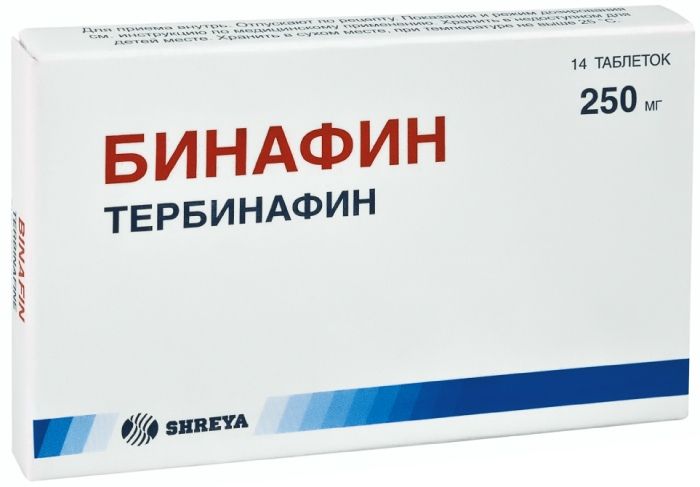
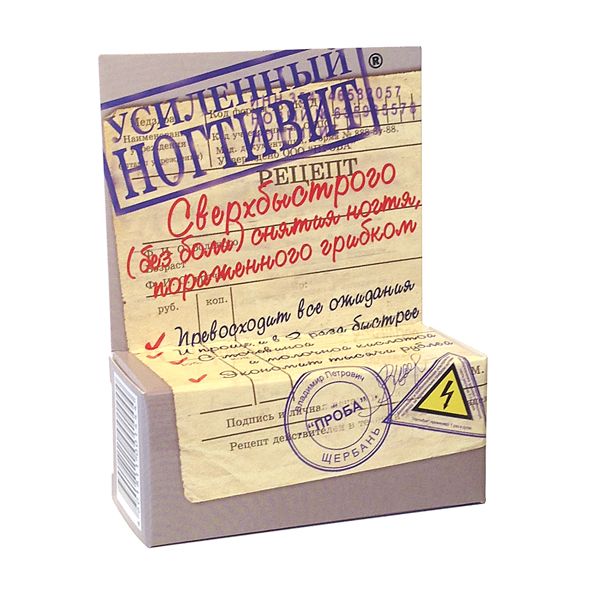
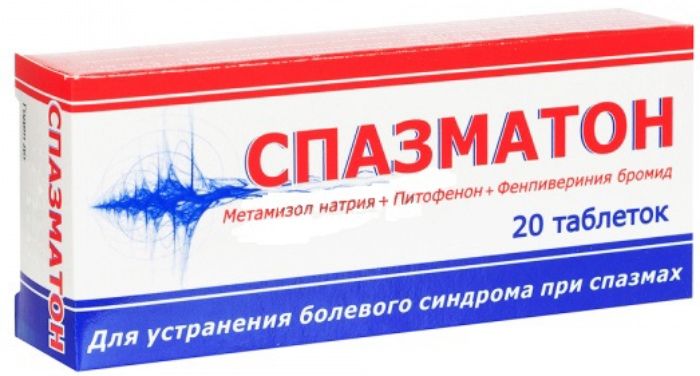
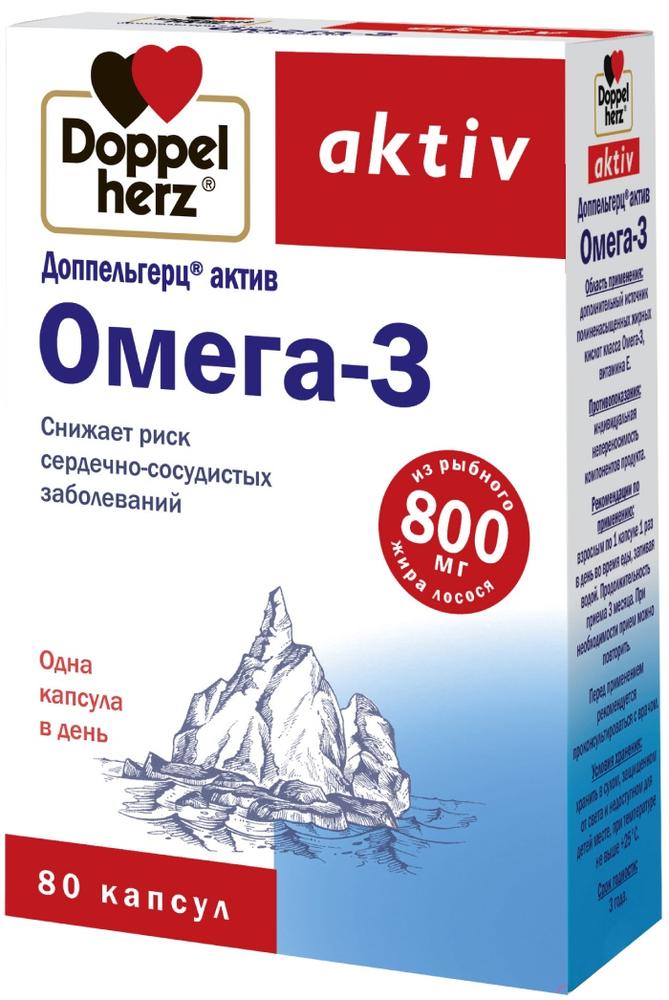
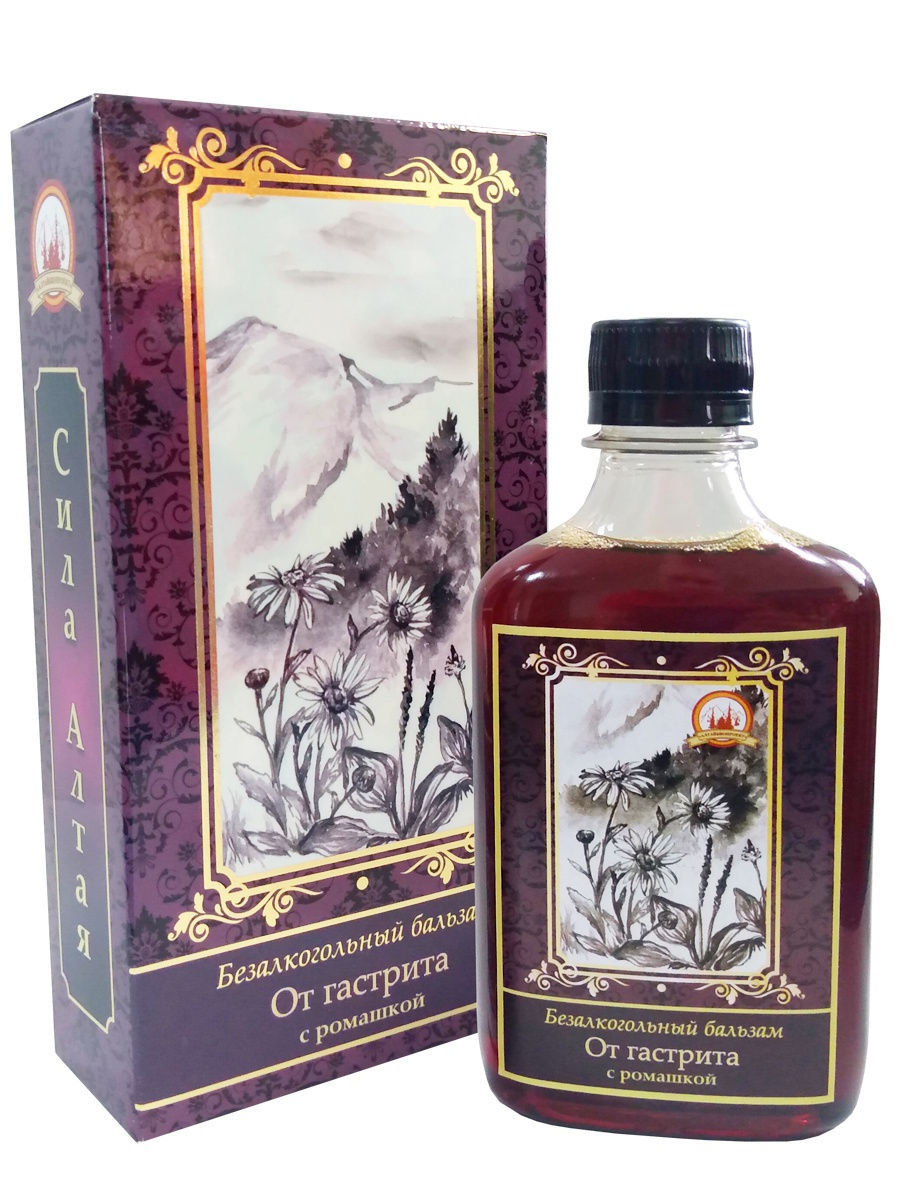
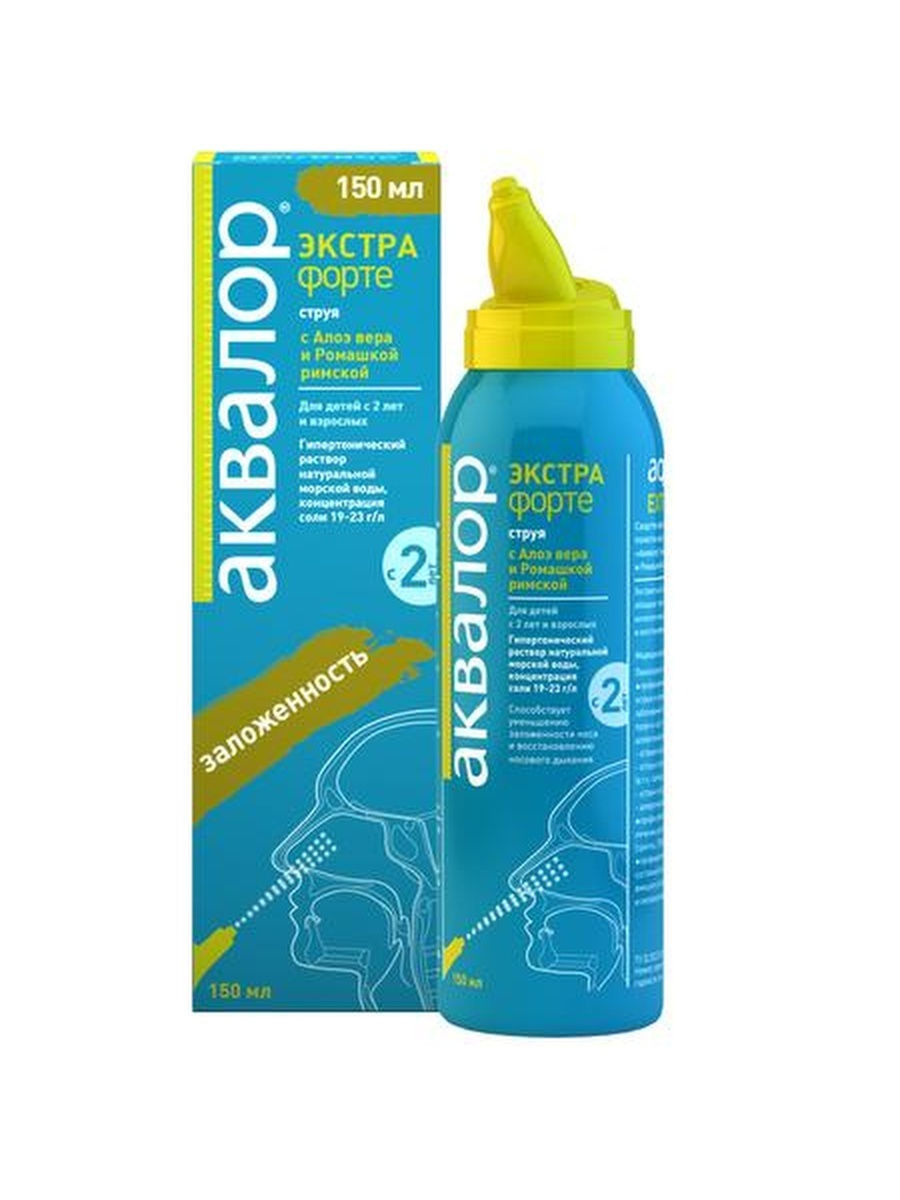
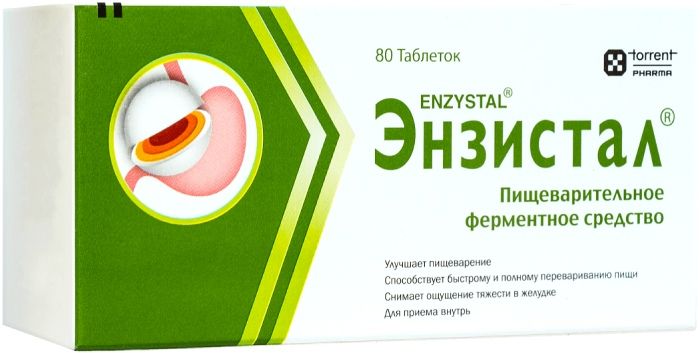
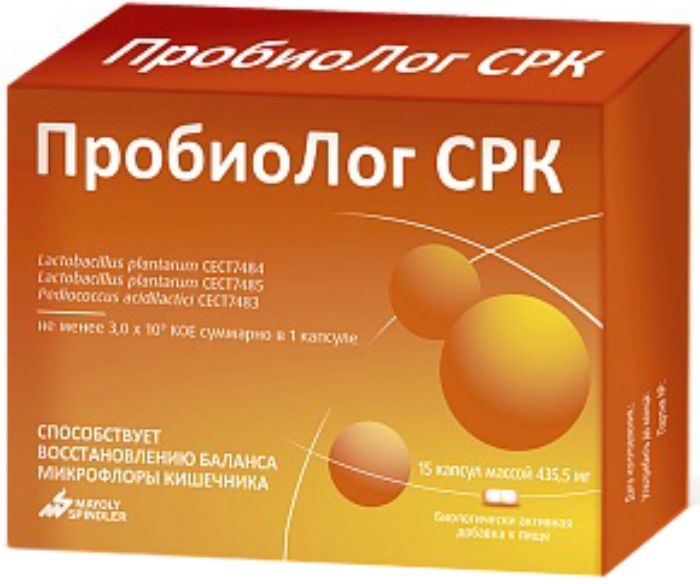
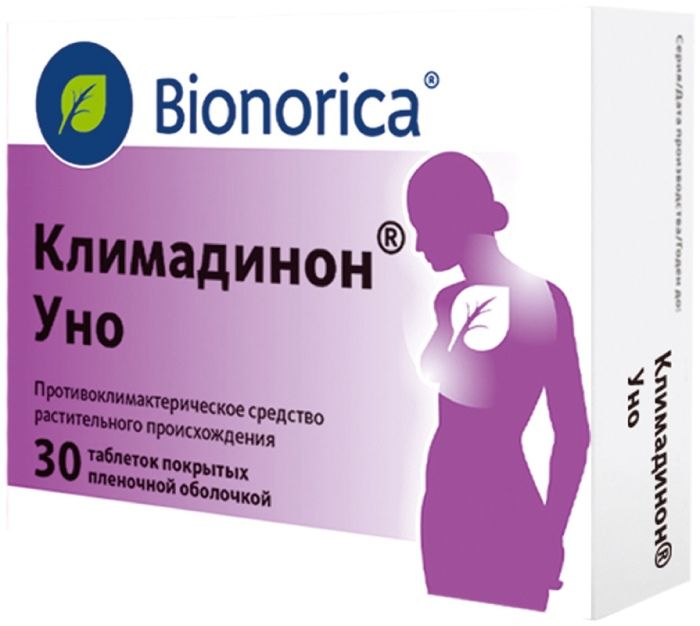




There are no reviews yet.